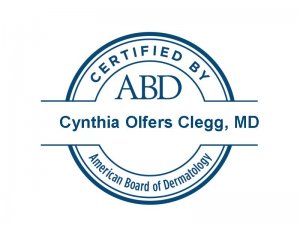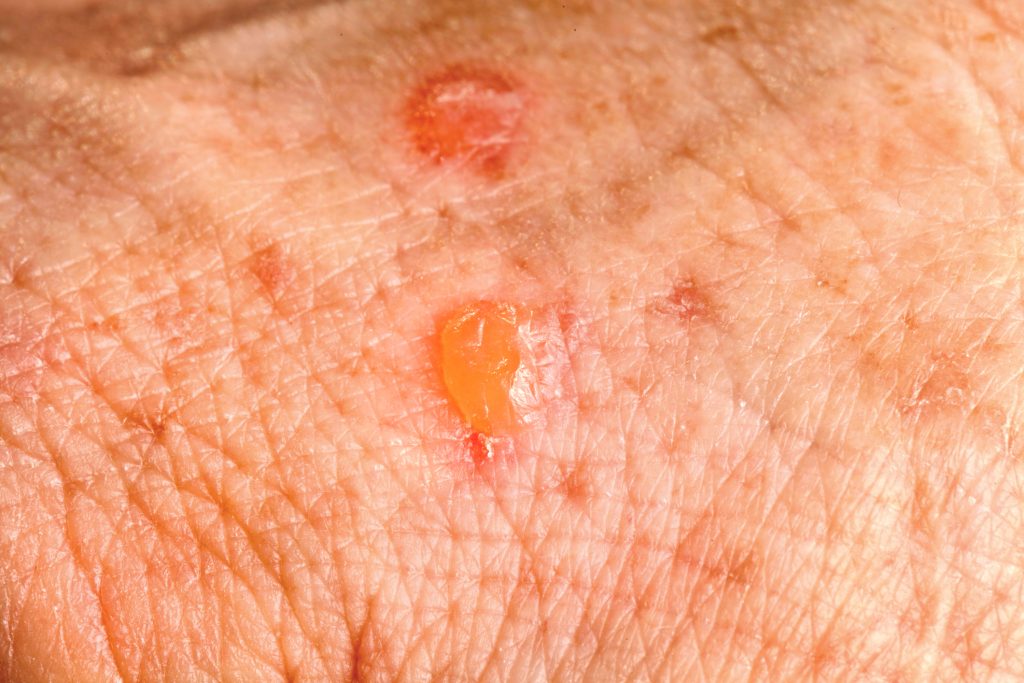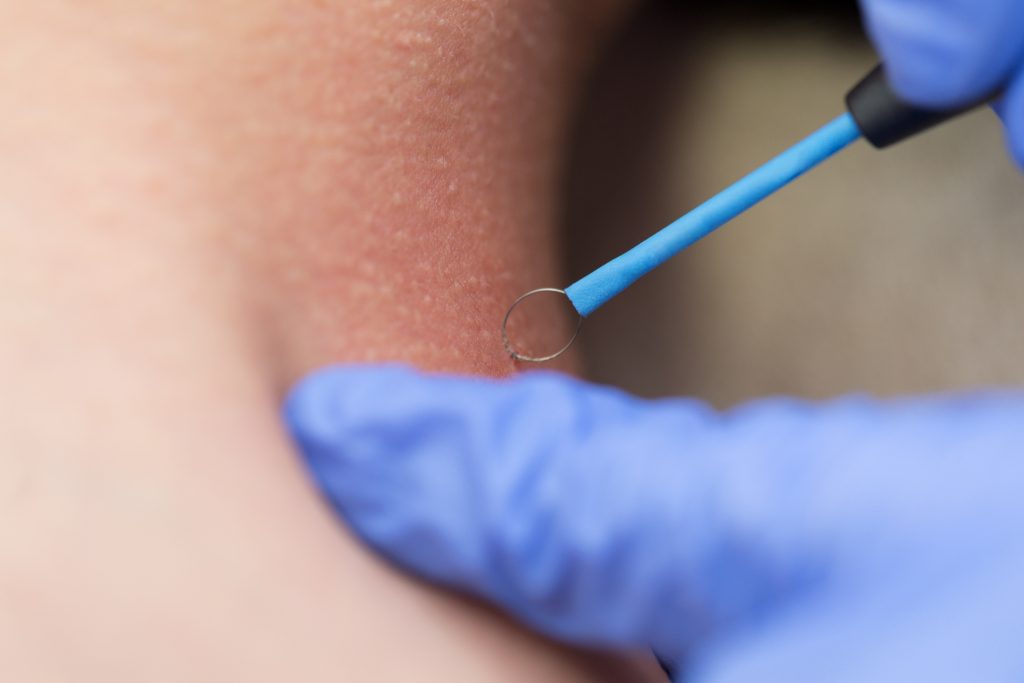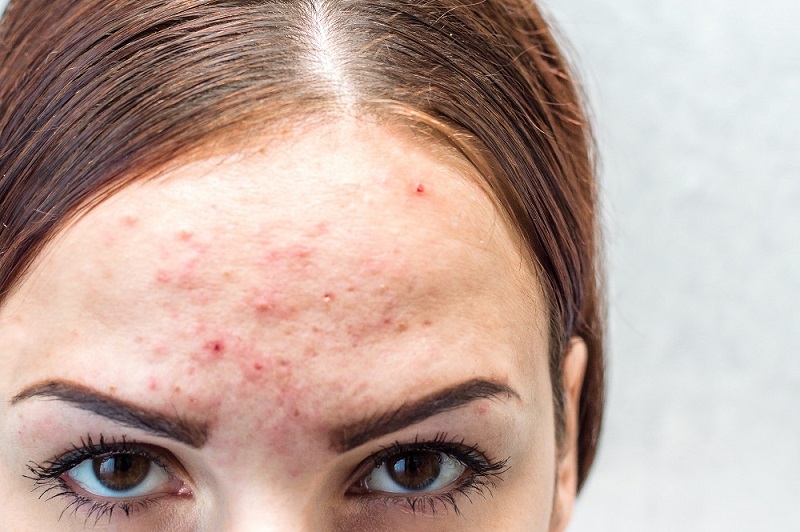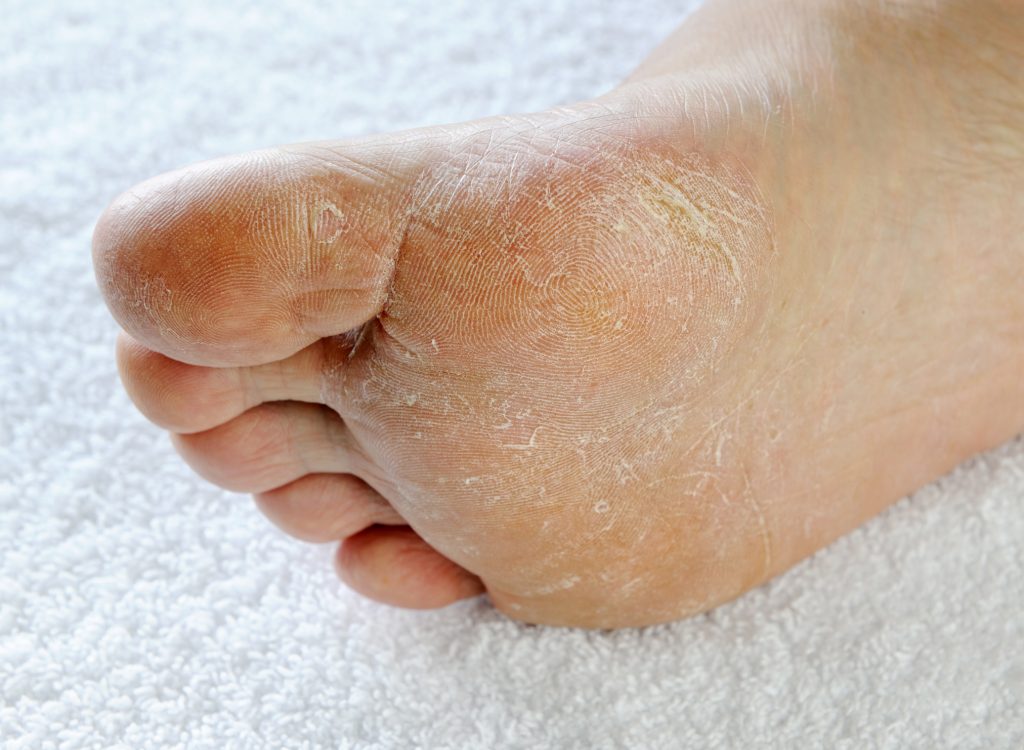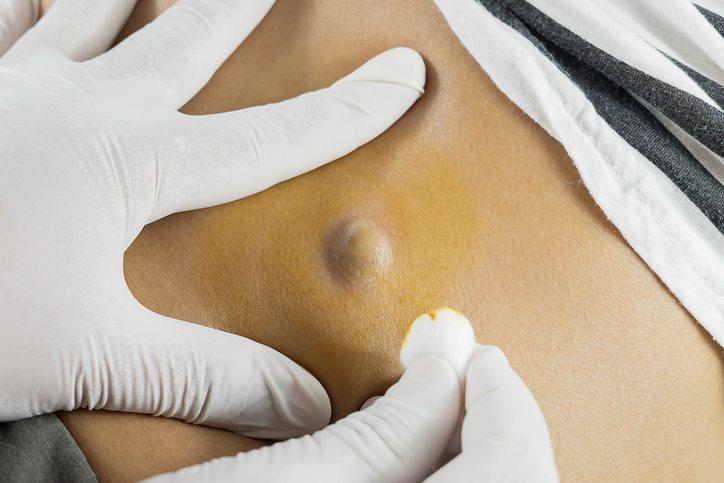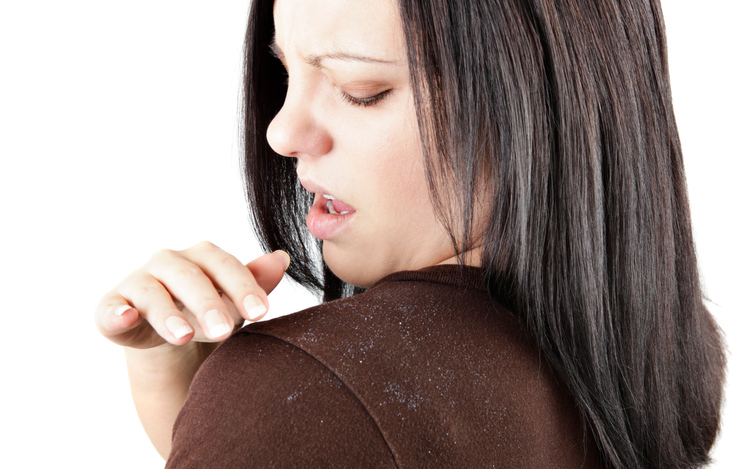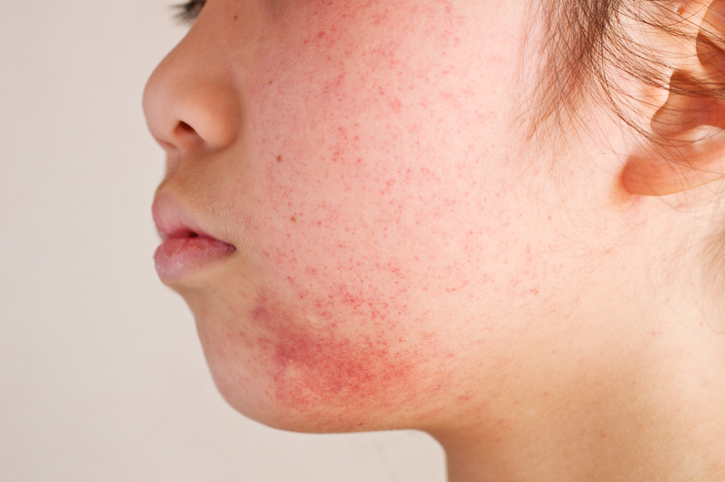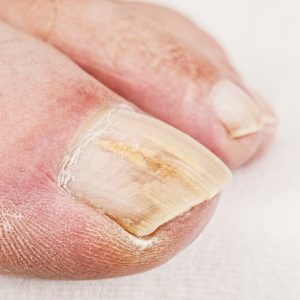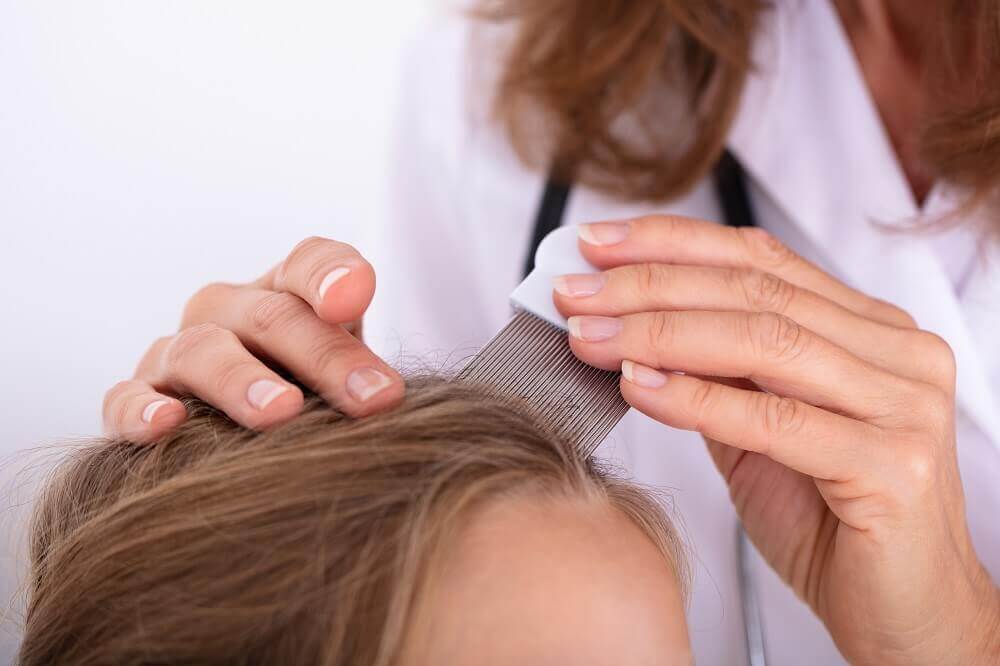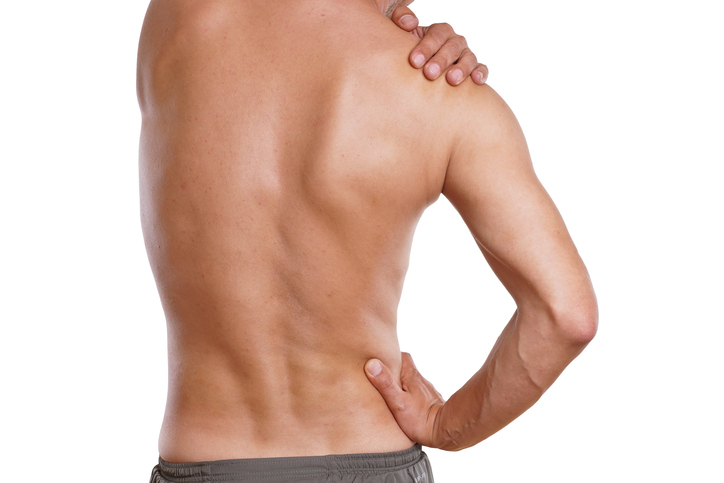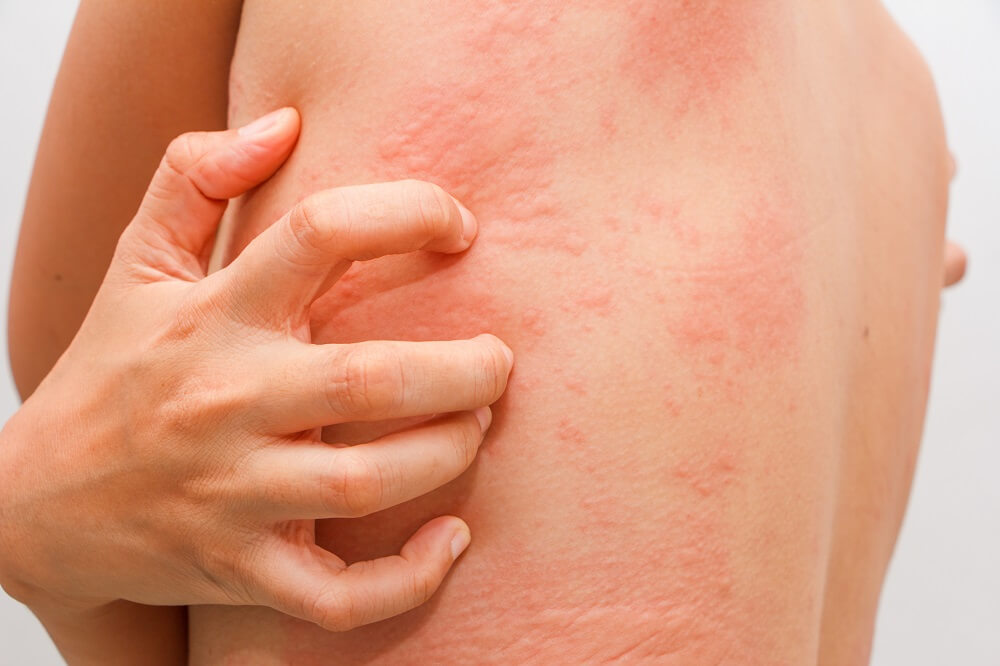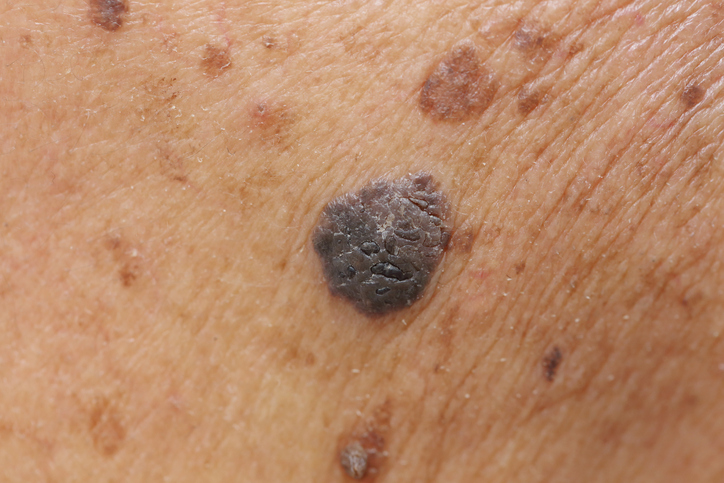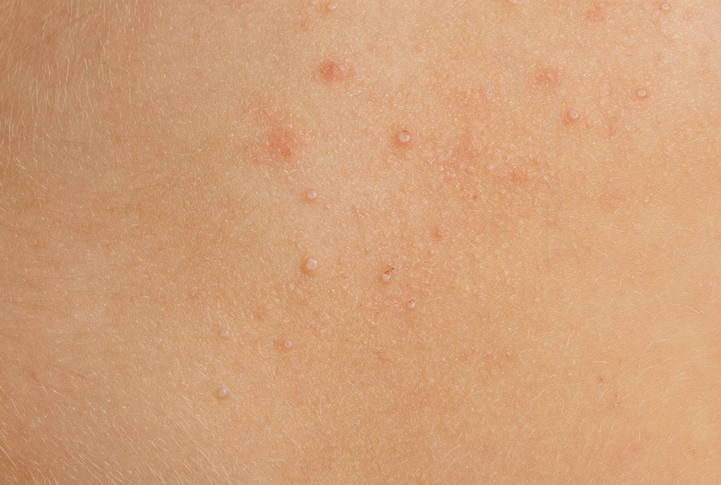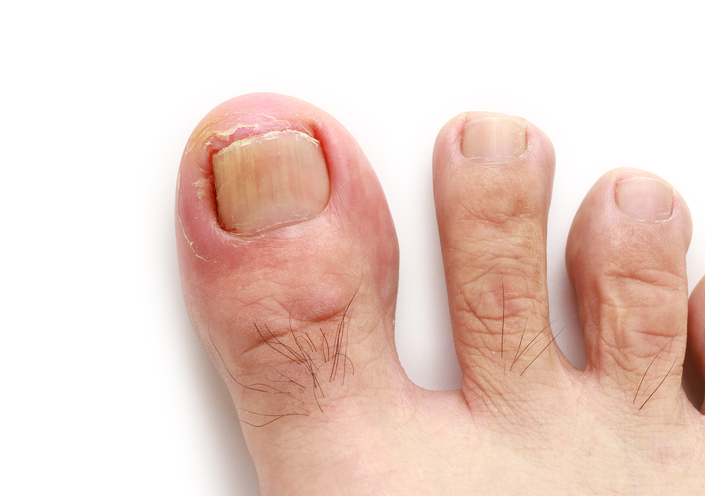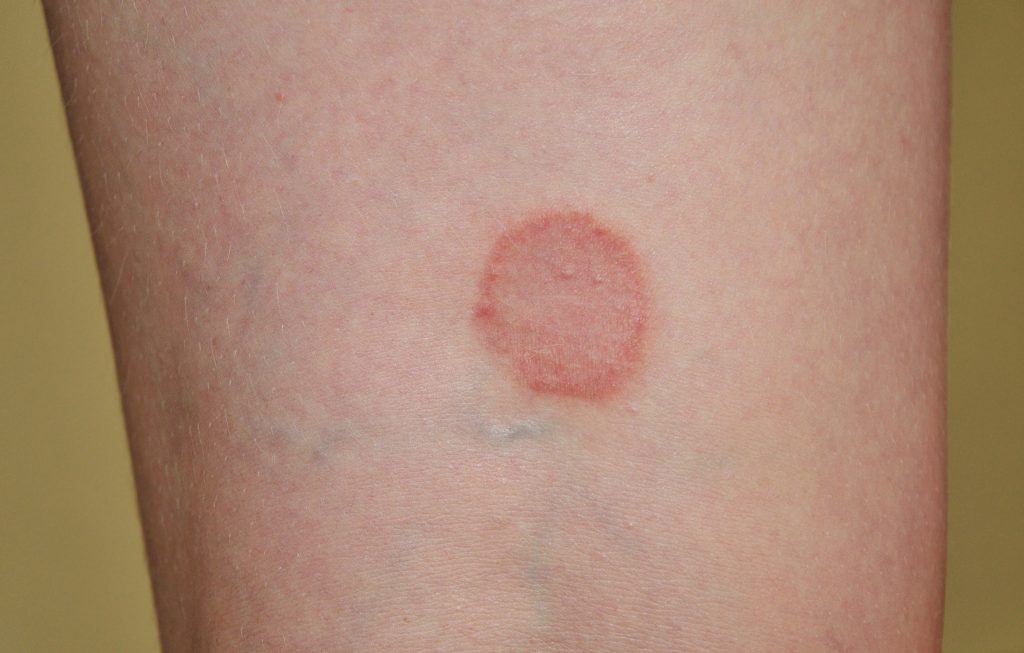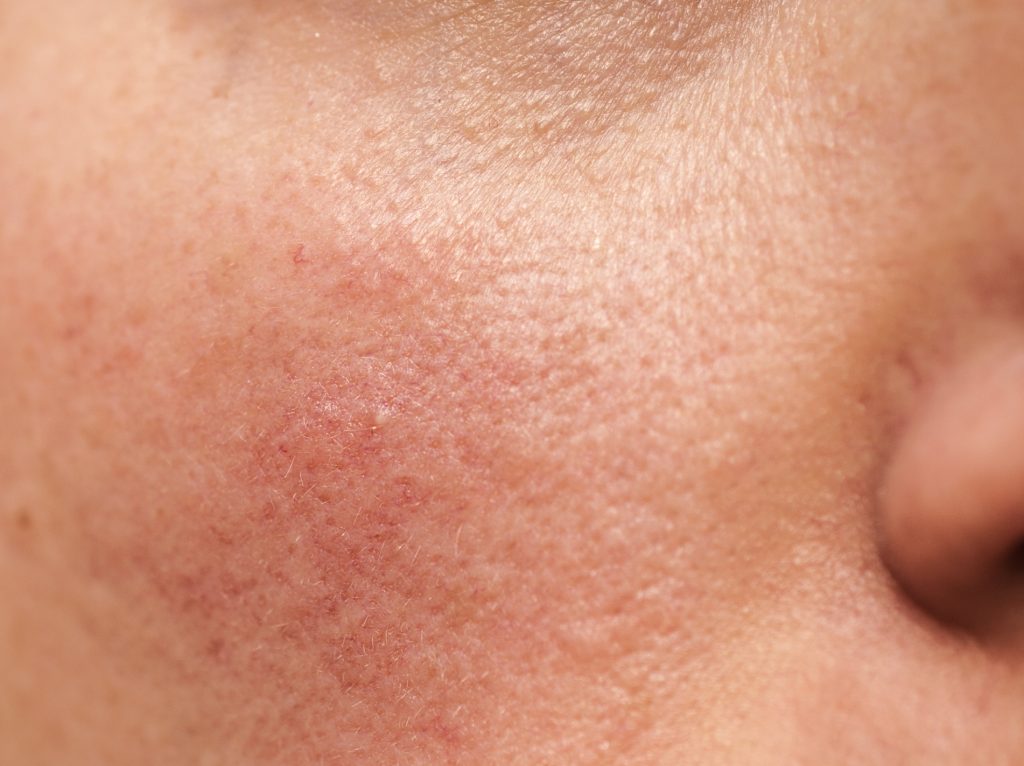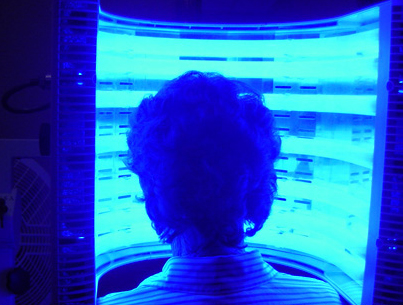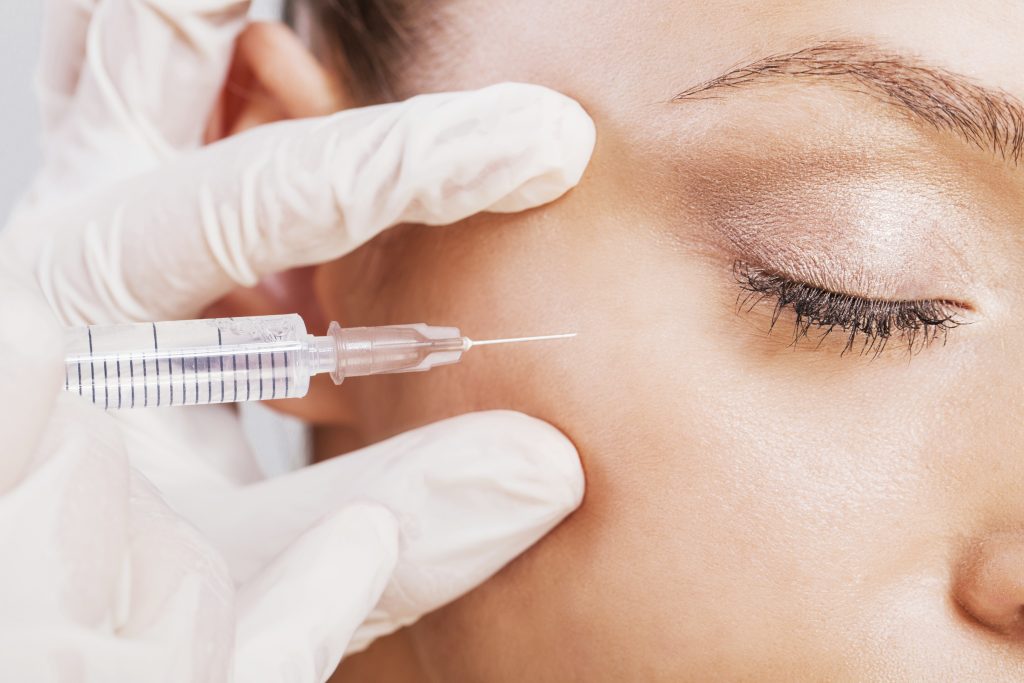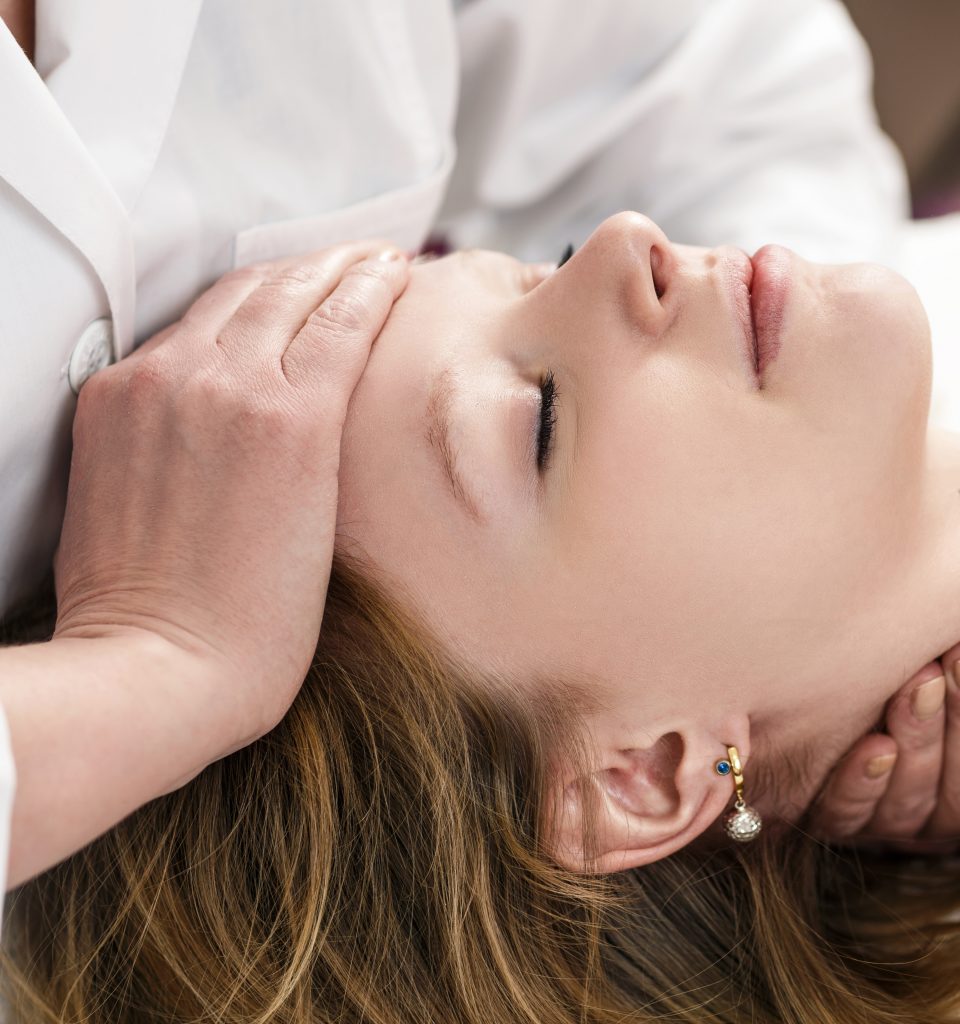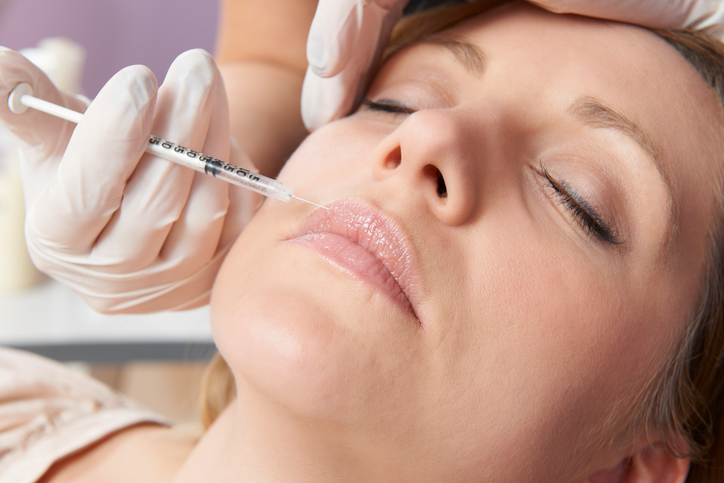Dr. Cynthia Clegg was born and raised in Fredericksburg, Texas. She graduated from Fredericksburg High School and did her undergraduate studies at Texas Tech University. After graduation, Dr. Clegg moved to Dallas and worked as a research assistant at the University of Texas Southwestern Medical School in the fields of Microbiology and Immunology.
After the birth of her two daughters, Dr. Clegg became a stay-at-home mom for 8 years, until they started school. At that point, at the age of 36, Dr. Clegg started school again, this time medical school, at UT Southwestern in Dallas. She graduated in 1997, completed an internship at Baylor Hospital of Dallas and then finished her dermatology residency at UT Southwestern.
She worked in Dallas with North Dallas Dermatology Associates until “coming home” to Fredericksburg in 2009. Dr. Clegg is a member of the Hill Country Medical Society, Texas Medical Society and the Dermatology Foundation Leadership Society.
Dr. Clegg and her husband, Steve, are members of Holy Ghost Lutheran Church. They have two grown daughters and two precious granddaughters. They enjoy spending time with family and friends.
Dr. Clegg practices at both the U.S. Dermatology Partners Kerrville and U.S. Dermatology Partners Fredericksburg offices.
Specialties and Affiliations
- American Board of Dermatology


